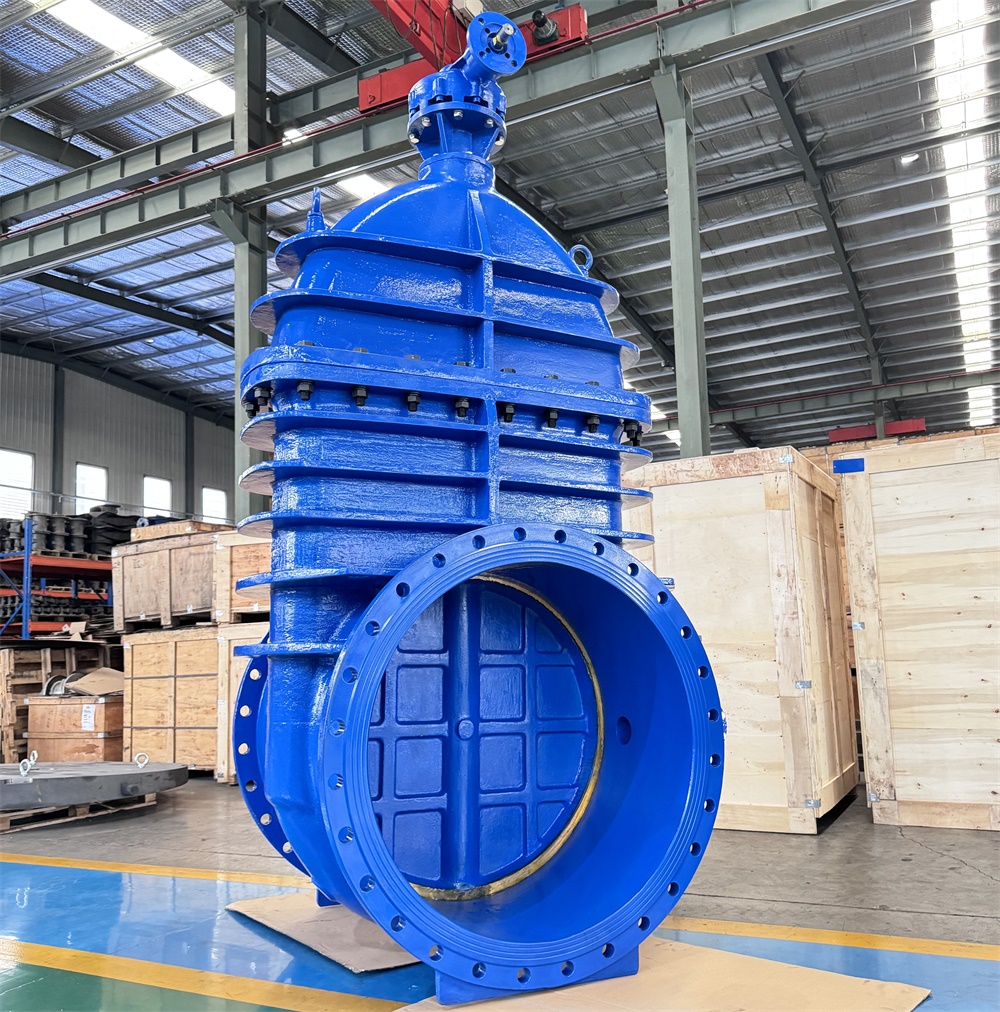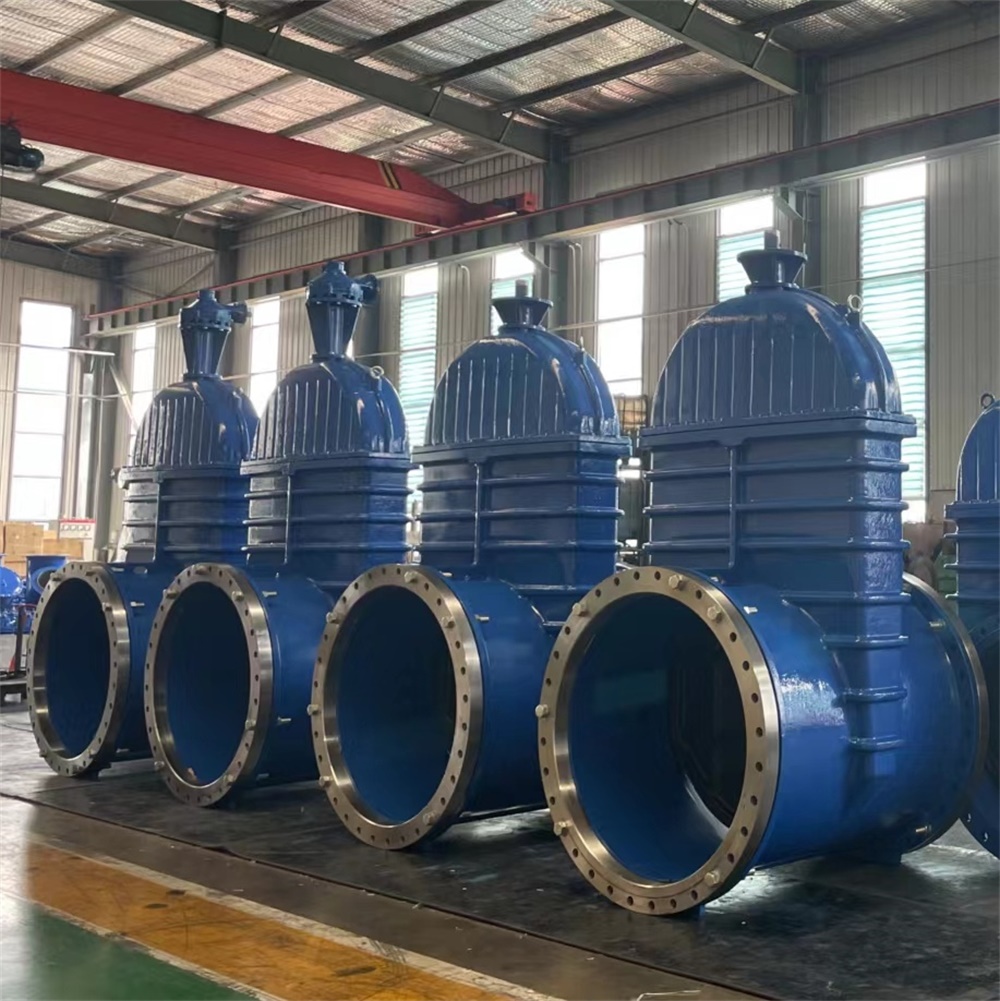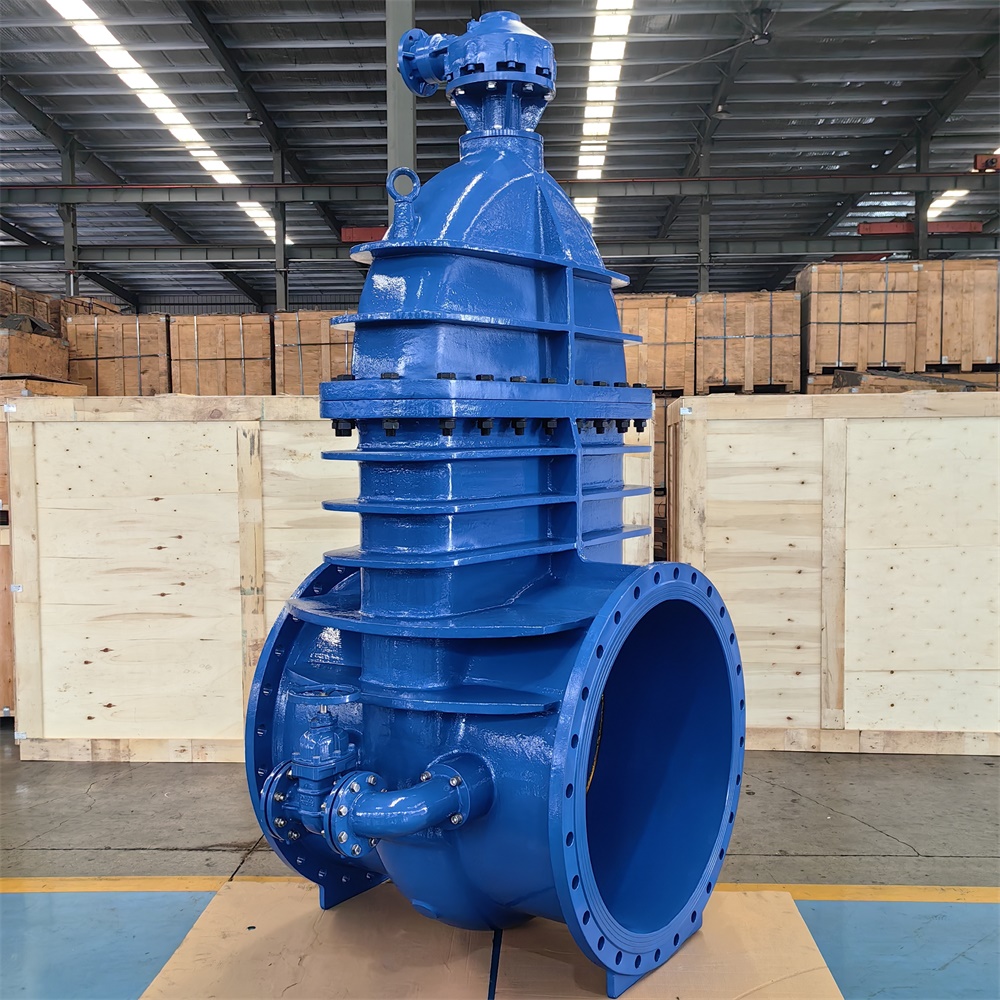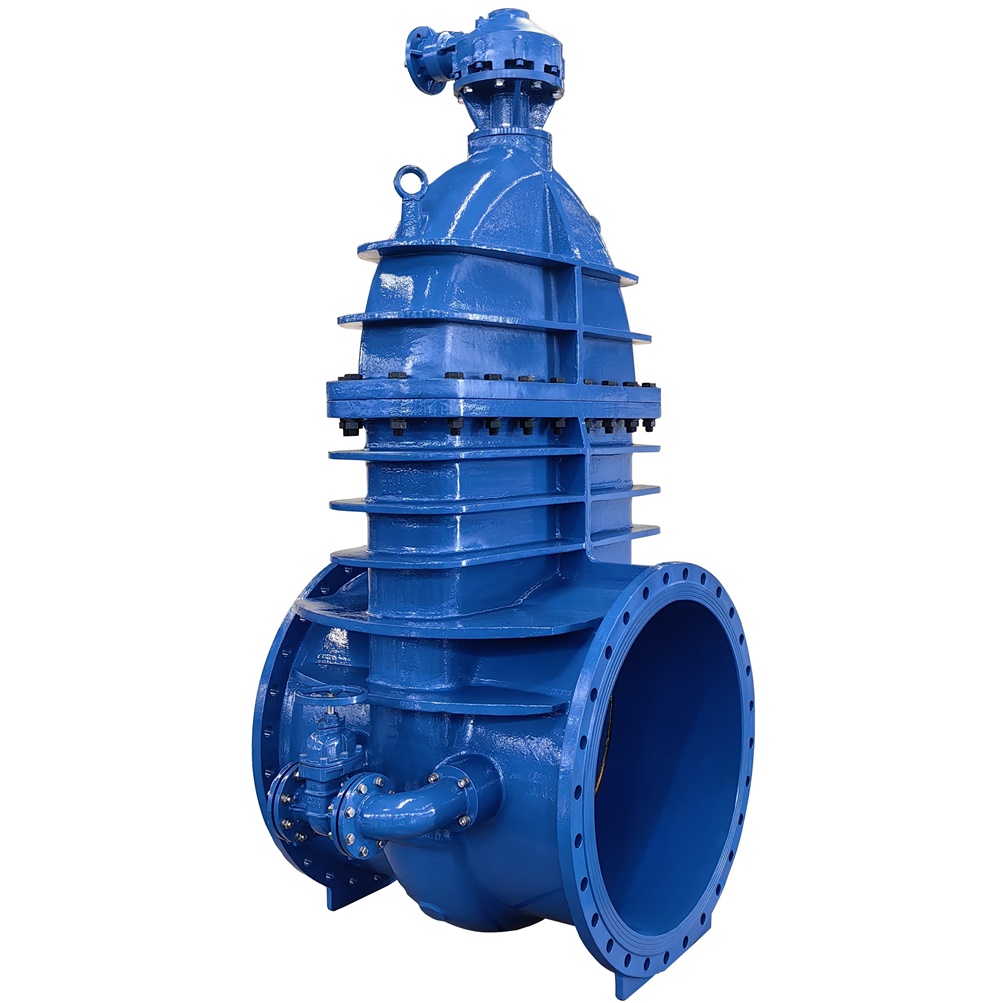Performance Testing and Internal and External Anticorrosion of Soft Sealed Gate Valve
Publisher:Botou ValvePerformance Testing of Soft Sealed Gate Valve
4.1 When a valve is manufactured in batches with a specific specification, authoritative bodies shall be entrusted with the following performance tests:
The opening and closing moment of the valve under working pressure;
(2) Under the condition of working pressure, it can ensure the continuous opening and closing times of the valve.
(3) Detection of the flow resistance coefficient of the valve under the condition of pipeline water conveyance.
4.2 Valves shall be inspected before leaving the factory as follows:
When the valve is open, the valve body should withstand the internal pressure detection of twice the working pressure of the valve.
(2) When the valve is closed, the two sides bear 1.1 times of the working pressure of the valve respectively, and there is no leakage; but for metal-sealed butterfly valves, the leakage value is not greater than the relevant requirements.
Internal and External Anticorrosion of Soft Sealed Gate Valve
5.1 The inside and outside of the valve body (including the gearbox body) should first be shot blasting, sand cleaning and rust removal, and strive to electrostatic spraying powder non-toxic epoxy resin, with a thickness of more than 0.3 mm. When it is difficult to electrostatic spray non-toxic epoxy resin on super large valves, similar non-toxic epoxy paint should also be brushed and sprayed.
5.2 The inner part of the valve body and all parts of the valve plate require comprehensive anti-corrosion. On the one hand, it will not rust when immersed in water, and there will be no electrochemical corrosion between the two metals; on the other hand, the smooth surface reduces the resistance to overwater.
5.3 Hygienic requirements of epoxy resin or paint for anti-corrosion in valve body shall be inspected by the corresponding authority. Chemical and physical properties should also meet the relevant requirements.




